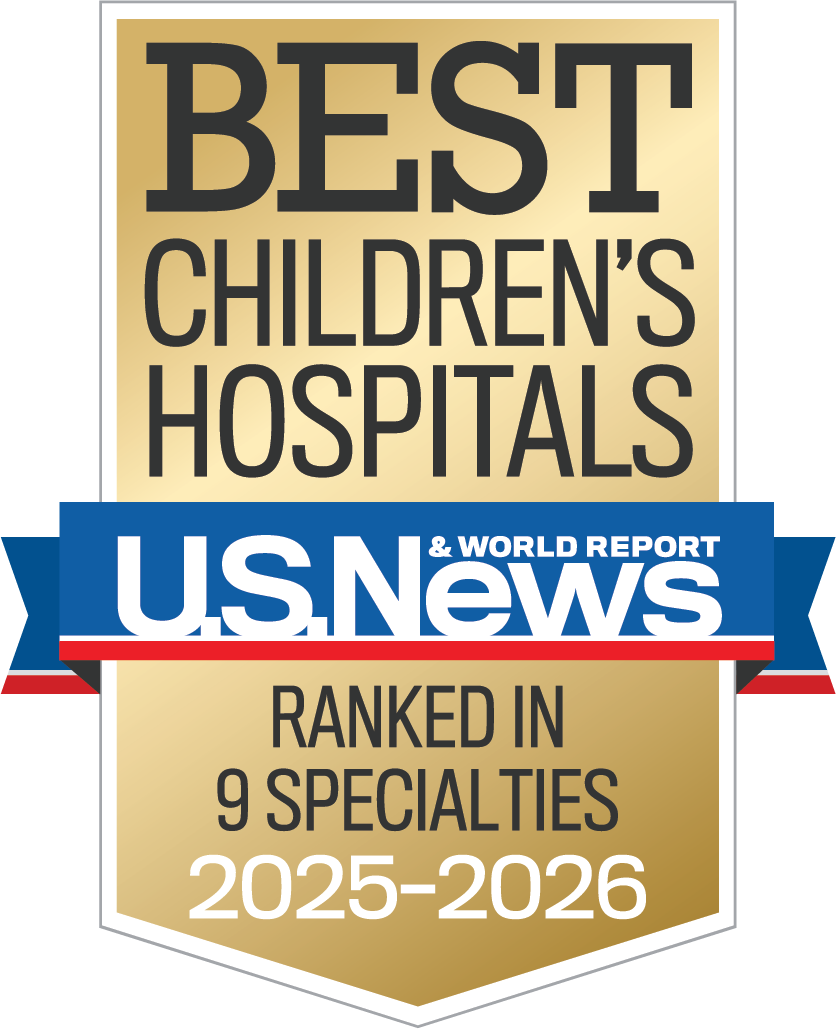In December 2021, CHOC Hospital in Orange was verified as a Level I pediatric trauma center by the American College of Surgeons (ACS) and designated by Orange County Emergency Services. CHOC is the only children’s hospital with this designation in Orange County, and the fourth in Southern California.
The Level I pediatric designation is reserved for centers that provide the highest level of care to patients. The evaluation’s criteria is extensive, requiring centers to exhibit excellence in the following: a complete call panel of board-certified physicians, prehospital care, follow-up care, education, injury prevention and research.
In this Q&A, Dr. William Loudon, a pediatric neurosurgeon at CHOC, discusses the importance of pediatric-focused care, trauma prevention and what sets CHOC apart from other Level I trauma centers in the region.

What were the necessary requirements to propel the CHOC to the highest trauma center level?
One of the easiest ways to appreciate the difference between Level I and Level II trauma centers is that there are many Level II trauma centers that practice in high-traffic areas that allow them to rise to that level of competency.
However, to be verified as a Level I center, there must be a strong commitment to adding an academic foundation into the structure of the clinical spectrum of care for trauma. The Level I designation requires a hospital to publish research and provide training that isn’t required of a Level II trauma center.
Because of the extensive effort CHOC poured into research and education, we are now the only pediatric-focused Level I trauma center in the county.
What services does CHOC offer that cater to the needs of pediatric patients or help make the healthcare experience less frightening for them?
It would probably be best for someone to get a camera and walk people into the door of CHOC to offer a visual understanding of the differences between a children’s hospital and a regular hospital, but that’s hardly going to be sufficient, says Dr. Loudon.
What sets CHOC apart is the ability to entertain kids throughout their hospital experience to ensure it’s not traumatizing and scary. This effort follows patients every step of the way during their treatment. For example, we’ll paint radiology and imaging rooms in a way so it’s funny or interesting for kids and detracts from the scary-looking equipment. Or it’s the concept of having somebody distract kids with an iPad before an MRI or play with them while the nurses try to start an IV.
When you walk into CHOC, it’s not unusual to run into clowns and Disney characters. You might even see professional sports players and pop stars greeting kids. So, there is always a little something to tease the kids — and perhaps more often their parents — to keep everybody happy and on the right path to feeling better.
The team at the Cherese Mari Laulhere Child Life Department at CHOC is a big part of this. Included in child life is pet therapy, music therapy and art therapy. Psychology and psychiatry programs are also seamlessly incorporated into care, as well as end-of-life programs. Beyond the physical surgeries and treatments, these programs play such an important role in taking care of kids and their families.
What resources are available at CHOC for treating patients with neurotrauma that might be unique or more difficult to find in other areas?
Dr. Loudon says, “I think this comes down to the differences between adult hospitals and pediatric hospitals.”
At a pediatric hospital, the physicians on the front line have expertise in taking care of children. They’re not taking care of 90% adults and 10% children; they’re taking care of 100% children.
Pediatric hospitals also have the resources not only to stabilize a child but to help them heal. For example, a child that has been involved in a very severe motor vehicle accident may receive surgery to treat multiple injuries. But after they are stabilized, they require both physical and psychological rehabilitation.
Adult hospitals do not have the resources to do this. I’ll sometimes inherit children that have been operated on at other institutions but once they’ve had the surgery, they don’t have the resources or the infrastructure to support the child, says Dr. Loudon. Children’s hospitals have seamless healthcare delivery systems in place to take complete care of a child from start to finish.
As far as neurosurgery and neurotrauma, there is nothing offered elsewhere that we don’t offer at CHOC. We have all of the equipment, talent and resources necessary to be able to provide swift, expert care.
A requirement of Level I trauma centers is injury prevention. How does the CHOC team engage in patient and parent education on prevention?
Trauma is a social phenomenon, and it reflects itself in different ways in different societies. So, our jobs as physicians are to manage the consequences of these social issues. Dr. Loudon says, car accidents aren’t a problem if you don’t have cars; falling out of second-story windows is very different if you don’t have second-story windows.
To address trauma, healthcare institutions should not just wait in the emergency room for patients to come in. Instead, they need to be proactively addressing the unique issues of their social circumstances.
For example, we have had an unusual number of falls out of second-story windows here in Southern California. Back East where there are a lot of large apartment buildings, many hospitals dealt with window falls decades ago. But here, we didn’t consider this a problem until we started seeing more injuries.
One year at CHOC, we had over 20 kids come in with serious injuries from falling out of second-story windows. Now, we are working with physicians in hospitals, primary care and family practices to make sure they are aware that falls are still one of the leading causes of serious injury to children.
It’s essential to be able to identify risks in your society to target injury prevention strategies; that’s how you truly get better at trauma in your organization.
In my mind, the future of trauma really is taking advantage of the opportunity to reach out to your organization’s patients and families and educate them on what you are seeing in your patients, research and data. Then, you can predict trauma and stop it before it happens — making an impact on the well-being of your community.
What do you want referring providers/specialists to know about CHOC in terms of this trauma designation?
The decisions made in a patient’s “golden hour,” or the first 60 minutes following severe trauma, have the greatest influence on their outcome. That’s why it’s important to have seamless, expert and pediatric-focused care following a traumatic event, Dr. Loudon says.
There are many hospitals in Orange County, and it’s not uncommon for parents to take their kids to the local one. But now, we are seeing over 90% of pediatric trauma patients are coming to CHOC, either immediately or through transfers. CHOC has a designated helicopter that sits on the roof so “as far as the helicopter can fly” is now the scope for care at CHOC.
Beyond that, CHOC has all the resources necessary for the management and subsequent integration into all the other healthcare-specific requirements that a child is going to need. And this will only happen at a children’s hospital that is really committed to this.
In short, why should physicians refer their patients to CHOC?
“Because we have the resources necessary to heal children,” says Dr. Loudon.

CHOC Hospital was named one of the nation’s best children’s hospitals in seven specialties by U.S. News & World Report in its 2025-26 Best Children’s Hospitals rankings.




